Why Beam Reach is the Fastest Point Of Sail
Among the different points of sail, the beam reach is often considered the fastest and one of the most stable, making it ideal for beginners in sailing. In this article, you'll understand why a beam reach is the fastest point of sail, with insights into the factors that contribute to this phenomenon.
On a beam reach, the wind is perpendicular to the sails, which allows the sails to generate lift more efficiently. In addition, the boat's hull is able to cut through the water with minimal resistance. The combination of efficient sail power and minimal water resistance makes the beam reach the fastest point of sail.
The wind speed and direction also play a significant role in why beam reach is considered the fastest point of sail. Let's gain a deeper understanding of the mechanics behind this.
Summary
- Sailing on a beam reach allows you to harness the maximum amount of wind power possible, maintain a high speed while sailing upwind or downwind, and achieve a balance between speed and stability.
- When sailing on a beam reach, always adjust your sail trim and steer with precision, and make sure that the weight of the crew and any gear is distributed evenly on the boat.
- When sailing on a beam reach, the wind is hitting the sails from the side, which allows the boat to sail at a more efficient angle to the wind.
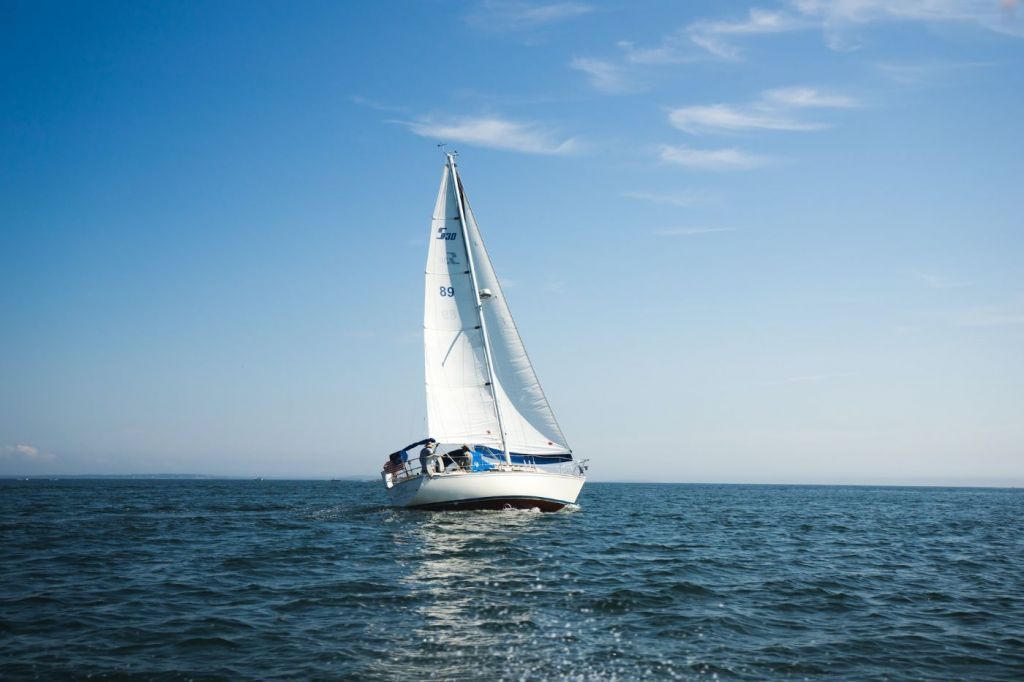
On this page:
Beam Reach Compared With Other Points of Sail
In this section, we will compare the beam reach to two other points of sail: the broad reach and the close haul.
| Point of Sail | Wind Direction | Angle | Speed | Efficiency |
|---|---|---|---|---|
| Beam Reach | Side of boat | 90° | Fast | Maximum lift and minimum drag |
| Broad Reach | Behind boat | 135° | Relatively fast | Less efficient due to less lift and more drag |
| Close-Hauled | Upwind | 45° | Not as fast | Must sail a longer distance to reach destination |
Beam reach vs broad reach
A beam reach is when the wind is coming from the side of the boat at a 90-degree angle. A broad reach, on the other hand, is when the wind is coming from behind the boat at an angle of about 135 degrees. While both points of sail are relatively fast, the beam reach is considered the fastest.
One reason for this is that the sails on a beam reach are perpendicular to the wind, which allows for maximum lift and minimum drag. The sails on a broad reach, however, are not as efficient because they are not perpendicular to the wind. This can result in less lift and more drag, which slows down the boat.
Another reason why the beam reach is faster is that the boat can sail closer to the wind. This means that the boat can sail a shorter distance to reach its destination, which can save time and energy.
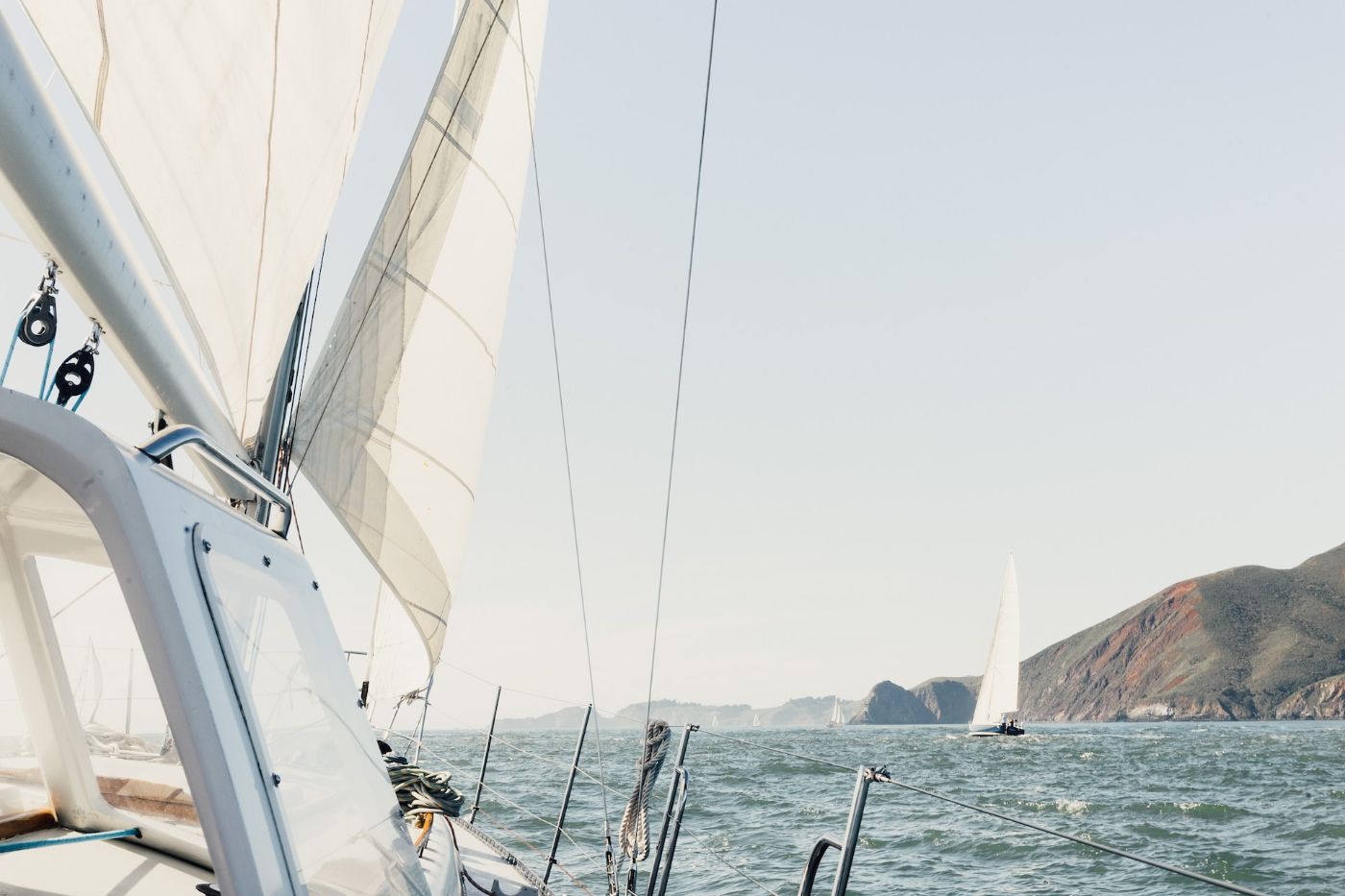
Beam reach vs close-hauled
A close-hauled point of sail is when the boat is sailing as close to the wind as possible, usually at an angle of about 45 degrees. While a close-hauled point of sail allows the boat to sail upwind, it is not as fast as a beam reach.
One reason for this is that the boat is not able to sail as close to the wind as it can on a beam reach. This means that the boat must sail a longer distance to reach its destination, which can take more time and energy.
Another reason why the beam reach is faster is that the boat can sail with a larger sail area. This allows the boat to catch more wind and generate more speed. On a close-hauled point of sail, the boat must use a smaller sail area, which limits its speed.
Beam Reach Is The Fastest Point Of Sail
One of the reasons why the beam reach is the fastest point of sail is because the sails are perpendicular to the wind, which allows them to capture the maximum amount of wind energy. The triangular sails on a sailboat propel the boat by forming an airfoil and generating lift, which pulls the boat forward.

Meanwhile, the boat's hull is able to cut through the water with minimal resistance when sailing on a beam reach. It creates drag, which keeps the boat from sliding sideways. This balance of forces between efficient sail power and minimal water resistance creates the maximum speed for the sailboat .
The speed of a sailboat is usually determined by the balance of forces acting on the sails and the hull. The wind provides the motive force, while the water provides the resistance. The goal is to find the right balance between these forces to achieve maximum speed.
When sailing upwind, the sailboat must tack back and forth, zigzagging its way to the destination. This is because the sailboat cannot sail directly into the wind. Instead, it must sail at an angle to the wind, known as a close-hauled course. This course creates a lot of drag and slows the boat down.
On the other hand, when sailing downwind, the sailboat can simply let the wind fill the sails from behind, creating a lot of speed. However, this speed is limited by the wind speed itself, and the sailboat cannot go faster than the wind.
This is where beam reach becomes the fastest point of sail because it has the right balance between lift and drag, allowing the sailboat to achieve maximum speed and efficiency.
Factors Impacting Speed in Beam Reach

Even if you are sailing on a beam reach, the speed of the boat is still determined by several factors, such as the following:
The role of wind speed and direction in determining a boat's speed
When sailing on a beam reach, you want the wind to be coming from the side of your boat, as this is the most efficient angle for your sails to capture the wind's energy.
If the wind is coming from too far behind you, you won't be able to maintain your speed, and your sails will start to flap. On the other hand, if the wind is coming from too far in front of you, you won't be able to sail in a straight line, and you'll lose speed.
If the wind is strong, try to ease the sails to prevent the boat from heeling too much. If the wind is light, you should trim the sails more tightly to maintain boat speed.
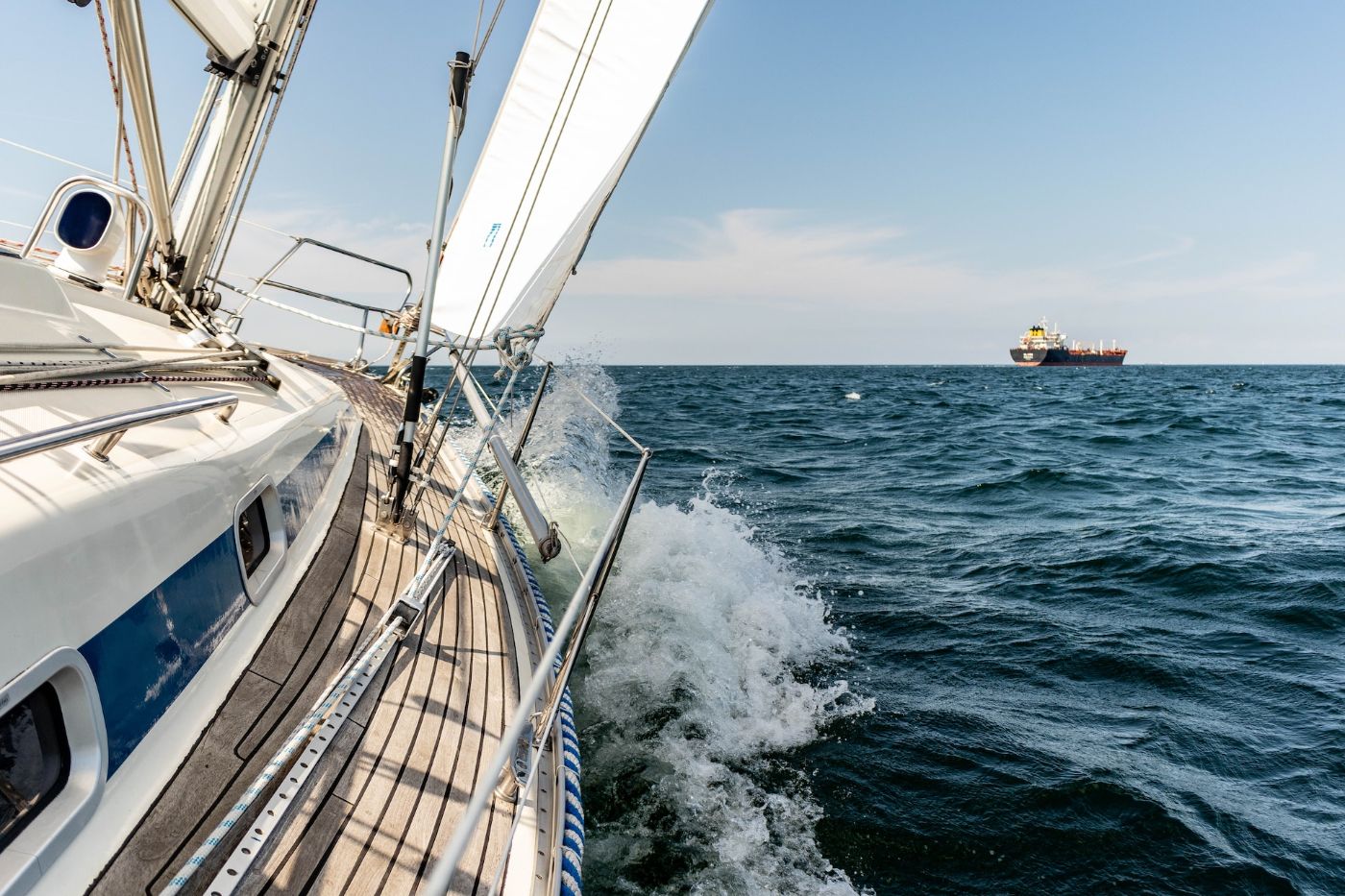
The way you trim your sails can impact your boat's speed on a beam reach
You may want to adjust your sails so that they are at the correct angle to capture the wind's energy. If your sails are too loose, you won't be able to maintain your speed, and your boat will start to slow down. If your sails are too tight, they will create too much drag, and you'll lose speed.
To optimize your sail trim, you will need to adjust the angle of your sails in relation to the wind. This is known as the sail's "angle of attack." You can adjust the angle of attack by adjusting the sail's sheet, which controls the angle of the sail relative to the boat.
To ensure that your boat is sailing efficiently during a beam reach, here are some sail trim adjustments to consider:
- Adjust the mainsail traveler to keep the boom on the centerline of the boat. Here's How To Use Your Mainsheet Traveler (The Right Way)
- Keep the jib or genoa trimmed tightly, but not so tight that it stalls.
- Adjust the twist in the sails to ensure that they are working efficiently.
- Keep the leech of the sails parallel to the centerline of the boat.
Boat balance is also critical to your speed on a beam reach
If your boat is not balanced correctly, it will create drag and slow you down. To maintain the correct balance, you might need to adjust your sail trim and weight distribution.
To adjust your weight distribution, perhaps consider moving crew members around the boat. You want to keep the weight as evenly distributed as possible, with more weight towards the back of the boat. This will help keep the boat level and reduce drag.
Did you find the answer to your specific question?
👍 0 👎 0

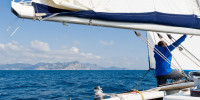

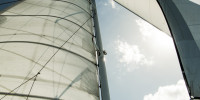
Leave a comment